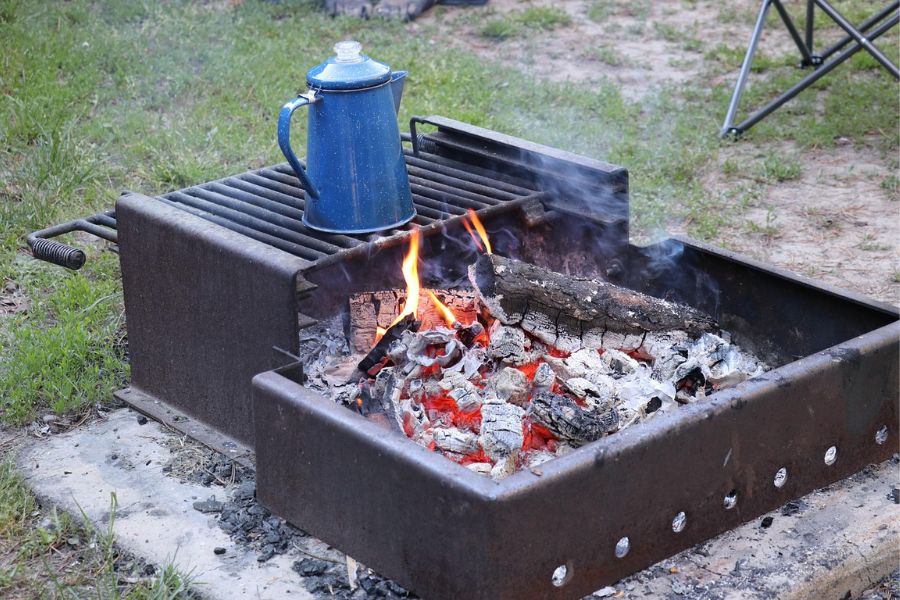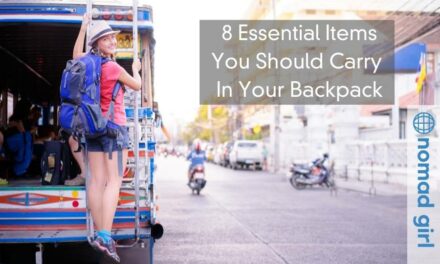How can you ensure readiness for all outdoor scenarios while keeping your load manageable?
To achieve effective outdoor adventures, you must not only possess proper equipment but also master the skill of efficient packing.
But here’s the problem…
Outdoor enthusiasts often bring excessive gear and pack inefficiently, which leads to the worst scenario of forgetting essential items.
This guide demonstrates how to optimise your outdoor survival kit to ensure preparedness for any situation while keeping your pack manageable.
What Makes a Great Outdoor Survival Kit?
Your outdoor survival kit functions as more than gear collection since it serves as your primary lifeline during emergencies.
The survival kits market worldwide is expected to rise at a 7% CAGR between 2025 and 2033 to reach approximately $2.8 billion by 2033, as stated in recent market research.
Why such growth? The rising awareness that appropriate preparation separates trivial setbacks from dangerous emergencies drives market expansion.
A truly effective survival kit should be:
- Comprehensive – covers all basic survival needs
- Compact – fits in a manageable space
- Lightweight – won’t weigh you down
- Accessible – items must be sorted to facilitate rapid retrieval.
- Durable – withstands rough conditions
But here’s what most people don’t realise…
The usefulness of your survival pack goes beyond its contents, as the packing method plays a vital role.
Essential Components for Every Situation
Every good outdoor survival kit needs to cover the basics: Essential survival kit components include shelter, water, food, first aid supplies, navigation tools and signalling devices. Efficient packing requires selecting items that serve multiple functions where possible.
Let’s break down the essentials:
Shelter and Warmth
Maintaining warmth and dryness proves vital for surviving harsh conditions. A quality bedroll serves as both sleeping comfort and emergency insulation, making it one of the most versatile items in your kit.
Other shelter essentials include:
- Emergency blanket (reflective)
- Compact tarp or tent
- Paracord (50+ feet)
- Your kit should include fire-starting tools such as waterproof matches, a lighter, and a ferrocerium rod.
Pro tip: With the right strapping methods, you can reduce your bedroll’s size to save space in your backpack.
Water and Hydration
Your body can withstand multiple weeks without food consumption, but it will only last a few days without water intake. Your kit should include:
- Water filtration system (filter straw or tablets)
- Collapsible water container
- Metal container for boiling
- Water purification tablets
Food Resources
Choose non-perishable foods which deliver high calories and require little cooking.
- Emergency ration bars
- Jerky or pemmican
- Dehydrated meals
- Fishing kit (line, hooks, weights)
- Snare wire for trapping
First Aid Essentials

A compact first aid kit should include:
- Adhesive bandages in various sizes
- Gauze pads and rolls
- Antiseptic wipes
- Pain relievers
- Antibiotic ointment
- Tweezers and scissors
- Personal medications
In emergency situations, locating rescuers becomes the most important priority.
- Map and compass
- Whistle
- Signal mirror
- Brightly colored marker panel
- Emergency radio
- Flashlight or headlamp with extra batteries
Increasing interest in outdoor activities like camping and hiking leads to a stronger demand for complete survival kits as market analysis indicates.
Smart Packing Strategies That Save Space
Now for the game-changer…
Appropriate packing techniques can decrease your kit size by up to 30% while increasing accessibility to all items. Here’s how:
Use Compression Techniques
- Roll clothing instead of folding
- Use vacuum bags for compressible items
- Pack sleeping equipment and garments inside stuff sacks.
Eliminate Dead Space
- Store small items inside larger hollow items
- Fill the pot space with food packets
- Use every pocket and compartment strategically
Choose Multi-Purpose Items
Efficiency in packing is achieved through selecting equipment which can perform several tasks.
- Bandanas (head covering, filter, bandage, signal)
- Paracord (shelter building, repairs, snares)
- Metal container (cooking, boiling water, digging)
- Multi-tool instead of individual tools
Remember this: Your survival gear needs to fulfil multiple functions whenever practical.
Weight Distribution Techniques
The way you distribute weight in your pack is as important as the items you choose to bring. Distributing weight correctly helps avoid fatigue and injury during extended hiking journeys.
Follow these principles:
- The heaviest goods need to be positioned centrally and near your back.
- Place medium-weight items near the top and outer sections of the pack.
- Position lightweight items at the bottom of your backpack.
- Place items you use regularly in outer pockets or the top section of your pack for quick retrieval.
The global emergency survival kit market is projected to achieve $336 million in value by 2025 with a growth rate of 5.5% CAGR until 2033 due to rising awareness of proper preparation needs.
Seasonal Adjustments for Your Kit
Seasonal needs require different preparation because one-size solutions don’t work for all seasons. Your survival kit needs to change based on different seasonal challenges.
Summer Adjustments
- Extra water capacity
- Sun protection (sunscreen, hat, sunglasses)
- Insect repellent
- Lightweight, breathable clothing options
Winter Additions
- Extra insulation layers
- Chemical hand warmers
- Snow goggles
- Avalanche safety tools in applicable areas
- Enhanced fire-starting capabilities
Spring/Fall Modifications
- Rain protection
- Temperature-variable clothing options
- Additional socks (moisture control becomes critical)
Your kit needs reviewing and updating before every trip according to the expected conditions.
Maintenance Schedule for Peak Readiness
One in every sixteen Americans now identifies as a prepper, and this group is expanding, especially among younger people who live in coastal cities.
The best survival kit can turn hazardous without proper maintenance.
Implement this maintenance schedule:
- After Every Trip – Clean, dry and restock used items
- Monthly – Check batteries, medication expiration dates
- Quarterly – Test all electronic devices
- Biannually – Complete kit inspection and rotation of food supplies
- Annually – Comprehensive review and replacement of expired items
Critical tip: Always carry a compact notebook in your kit to document items used during trips, as well as replacements needed and potential improvements.
Remember to schedule maintenance checks in your calendar because an unattended kit becomes useless in emergencies.
Efficiency Testing Your Kit
Testing your newly organised outdoor survival kit for efficiency must take place before you venture into the wilderness. Seasoned outdoor enthusiasts insist on this step but most novices fail to perform it.
Here’s how to properly test your kit:
- Execute a full unpacking and repacking sequence while timing the process to verify your knowledge of item locations
- Spend the weekend camping with nothing but your survival kit in a secure area to test its effectiveness.
- Practice emergency retrieval drills with essential items like first aid kits and fire starters.
- Make sure every item in your kit operates effectively under different weather conditions, like rain, heat, or cold.
Testing your kit in advance reveals potential issues before they escalate into serious emergencies.
Wrapping Up Your Survival Preparedness
Packing your outdoor survival kit efficiently saves space and ensures accessibility to essential items during emergencies.
Remember these key principles:
- Choose multi-purpose, quality gear
- Pack strategically using compression techniques
- Distribute weight properly
- Adjust for seasonal conditions
- Maintain your kit regularly
- Test thoroughly before depending on it
When you optimise how you pack your outdoor survival kit, you protect yourself and your loved ones from any wilderness challenges because you join a growing movement.
Activate these strategies now, and you’ll see an instant improvement in your survival kit’s weight and accessibility.


















